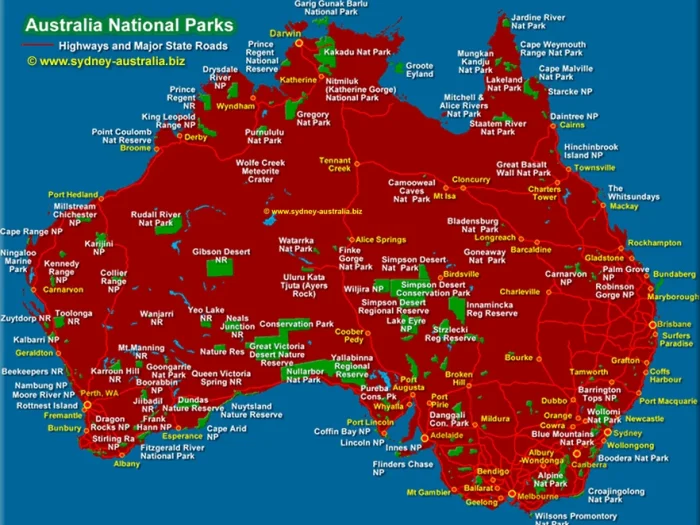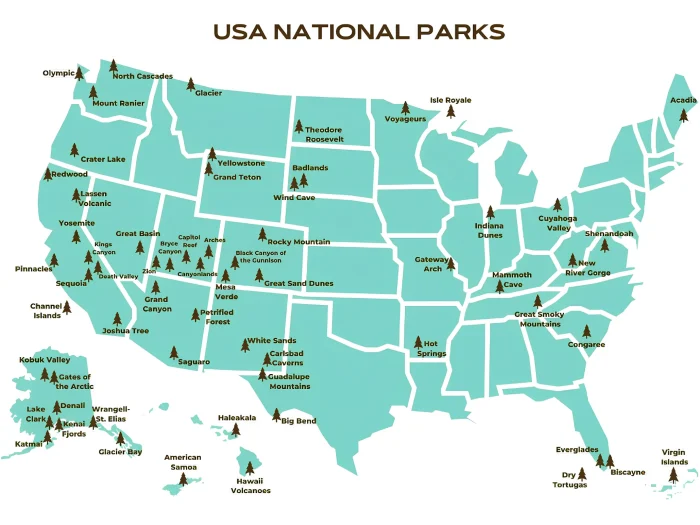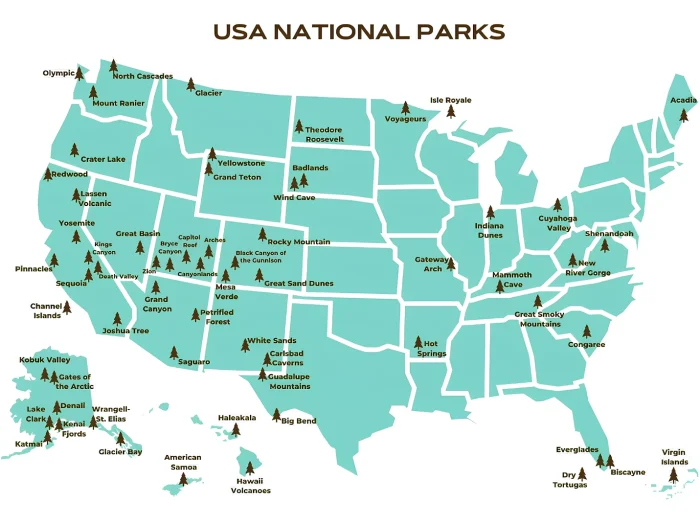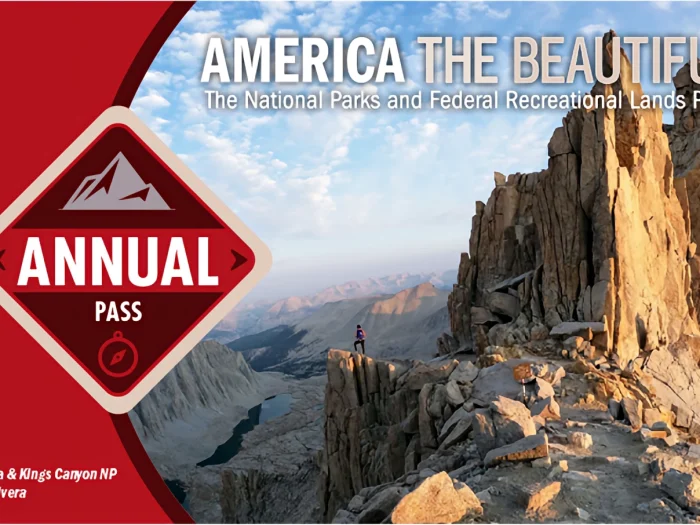Investigating the Impacts of Climate Change on National Park Ecosystems and What Students Can Do to Help
Every person who has ever visited a national park absolutely loves them. Each national park is an incredible standard of perseverance and trepidation in the eternal struggle to preserve nature. National parks are beautiful and outstanding; they allow every tourist to breathe the air of pristine nature and feel the vibes of untouched wilderness. You should do it next weekend if you’ve never visited a national park. We all need a breath of fresh air and an escape from city fatigue occasionally.
However, national parks are in danger. Global climate change affects each park’s ecosystem, and the devastating consequences become more noticeable yearly. Humanity loses the battle for preserving nature, and in today’s environment, every vote counts. Every student can contribute to the fight against climate change and global warming; there are several ways to help the single voice make a difference.
You can start small: write academic papers on ecological topics, practice and promote waste management among friends and relatives, and join environmental activist communities. If you need more free time, consider letting expert services fulfill the “write my essay” request and provide necessary assistance with academic assignments.
The Destructive Influence of Climate Change on National Park Ecosystems
Yosemite National Park
One of the most essential locations in the Sierra Nevada is already feeling the effects of climate change. Over the past few years, Yosemite National Park has been closed multiple times due to heat waves, devastating wildfires, and unhealthy air quality caused by smoke from these fires. By the end of the century, Yosemite’s average temperature might rise by 10 degrees Fahrenheit, which is far more than the expected climb in world temperatures.
Less snow, dried-up waterfalls, more fires, and more tree die-offs like the ones Dickman saw are all things that park rangers and scientists have noticed. The average temperature directly correlates to the maximum height at which trees can grow. Research has also shown that, due to the area’s warming over the past century, the range of small mammals in Yosemite has moved uphill.
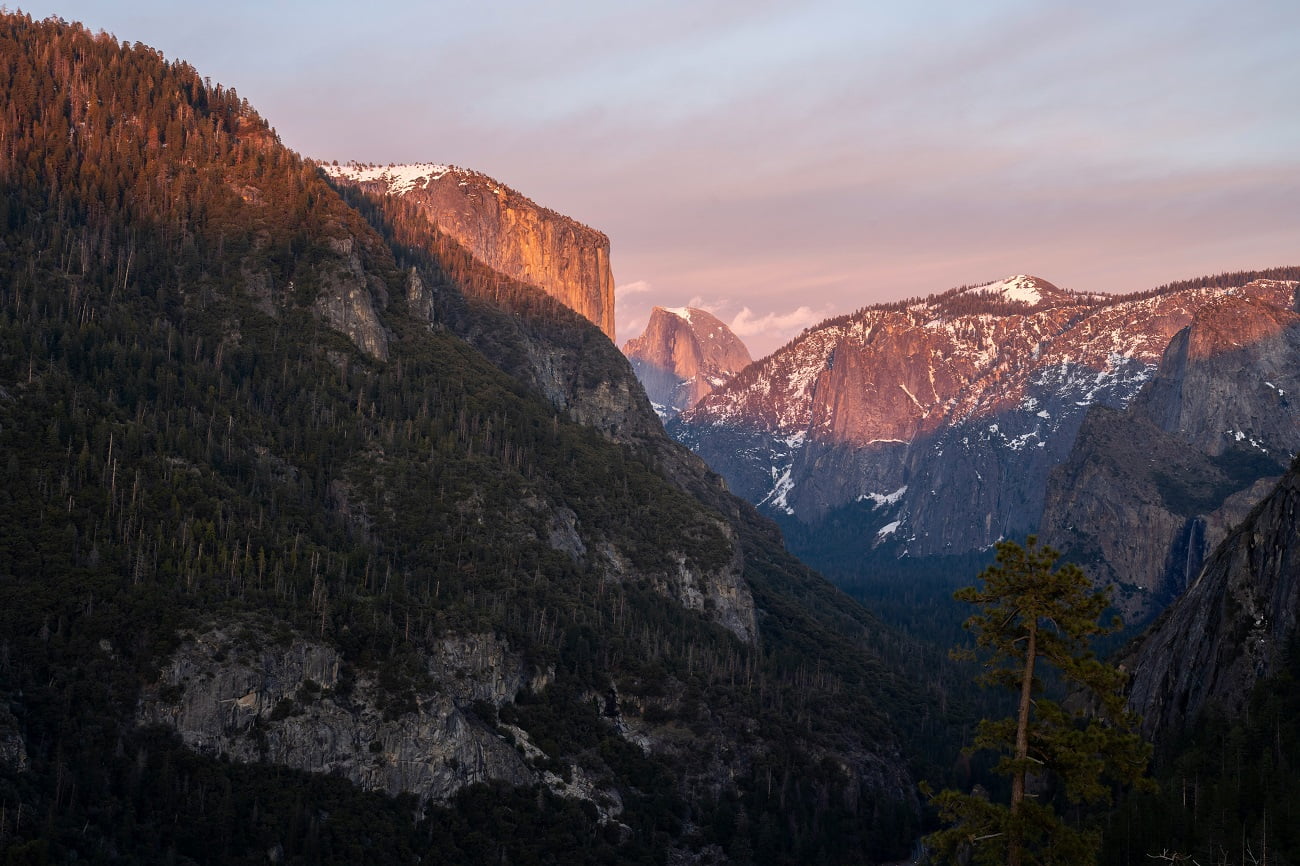
Glacier National Park
Some of Montana Park’s 26 glaciers have shrunk by as much as 80% in the last half-century. The melting glaciers greatly threaten the aquatic habitats within the park that depend on cold waters. Additionally, they raise the risk of floods in nearby areas.
The climate catastrophe is anticipated to cause further flooding at Glacier, similar to the June floods at Yellowstone. At the same time, Yellowstone was closed to the public due to the devastating flooding, so officials in Glacier National Park issued a similar warning. Another major contributor to rising sea levels is glacier melting. Glacier National Park’s glaciers are few, but in the context of a warming globe, their combined melting will be sufficient to generate substantial global sea level rise.
https://unsplash.com/photos/a-scenic-view-of-a-lake-surrounded-by-mountains-fxSf2ykpauk
Sequoia National Park
The megadrought in the West is eroding and killing the country’s most extensive and oldest trees in Sequoia National Park, located just south of Yosemite Valley in California. According to the National Park Service, more than 85% of the giant sequoia grove land across the broader Sierra Nevada was destroyed in six years of fires, an increase from roughly 25% over the previous 100 years.
Officials closed Sequoia and Kings Canyon National Parks to the public and took drastic measures to protect the trees after three of those flames crossed into the parks. Scientists have already witnessed the “major effects” of climate change, which primarily manifest as hotter and drier droughts that ignite devastating wildfires.
https://unsplash.com/photos/worms-eye-view-of-forest-bVwe2yS6Dsk
How Students Can Help in the Global Struggle Against Climate Change
Conserve Energy and Water
Reduce water and energy use around the house and in the classroom. When not in use, switch off lights and electronics and use those with energy-saving features. Cutting back on shower time, removing the water supply while brushing your teeth, and repairing any leaks are all great ways to reduce water usage. Suggest that your institution implement strategies to reduce its water and energy consumption.
Promote Waste Management
Personal waste management is the simplest and most effective way to contribute to the global environmental fight. There is no need to doubt the significance of your contribution because waste management is a significant and valuable initiative.
Start with yourself and always segregate waste as diligently as possible, even if it takes a little longer. Learn the theoretical basis and tell others about the importance of waste management. If you convey the importance of waste sorting to at least a few people, then this will already be a colossal contribution in the long term.
Support Eco-Friendly Initiatives
Join a school or neighborhood group that focuses on environmental issues, such as recycling and conservation. Help out with community green projects like tree planting, cleanups, or anti-single-use plastic efforts. If you don’t see any existing groups actively working to combat climate change, you might want to consider forming one yourself.
Write Academic Papers on Eco Topics
You may think that the contribution of such an approach may be negligible and insignificant, but remember that in such an essential matter as preserving our planet, no contribution is too small. Make it a habit to always write papers on environmental topics when the professor allows you to choose the subject yourself. If you write high-quality papers and raise exciting topics, your arguments have a chance to interest readers. If at least a few people think about the issues you raised after reading your essay, then you have not written your paper in vain.
In addition, environmental topics are a fertile topic for writing a high-quality paper, as they allow you to write a complex, structured essay with many implications and meanings. To add depth to your essay, you can always contextualize global economic problems and different perspectives on how to solve them.
Educate and Inspire Others
Tell everyone you know about the impacts of climate change and what you’ve learned about the topic. Get them on board with sustainable practices and green projects just like you are. Keep in mind that you, the student, can make a difference with your small but significant efforts. By implementing these habits and encouraging others to do the same, you can aid in the fight against climate change and build a better, more sustainable future for everyone.

